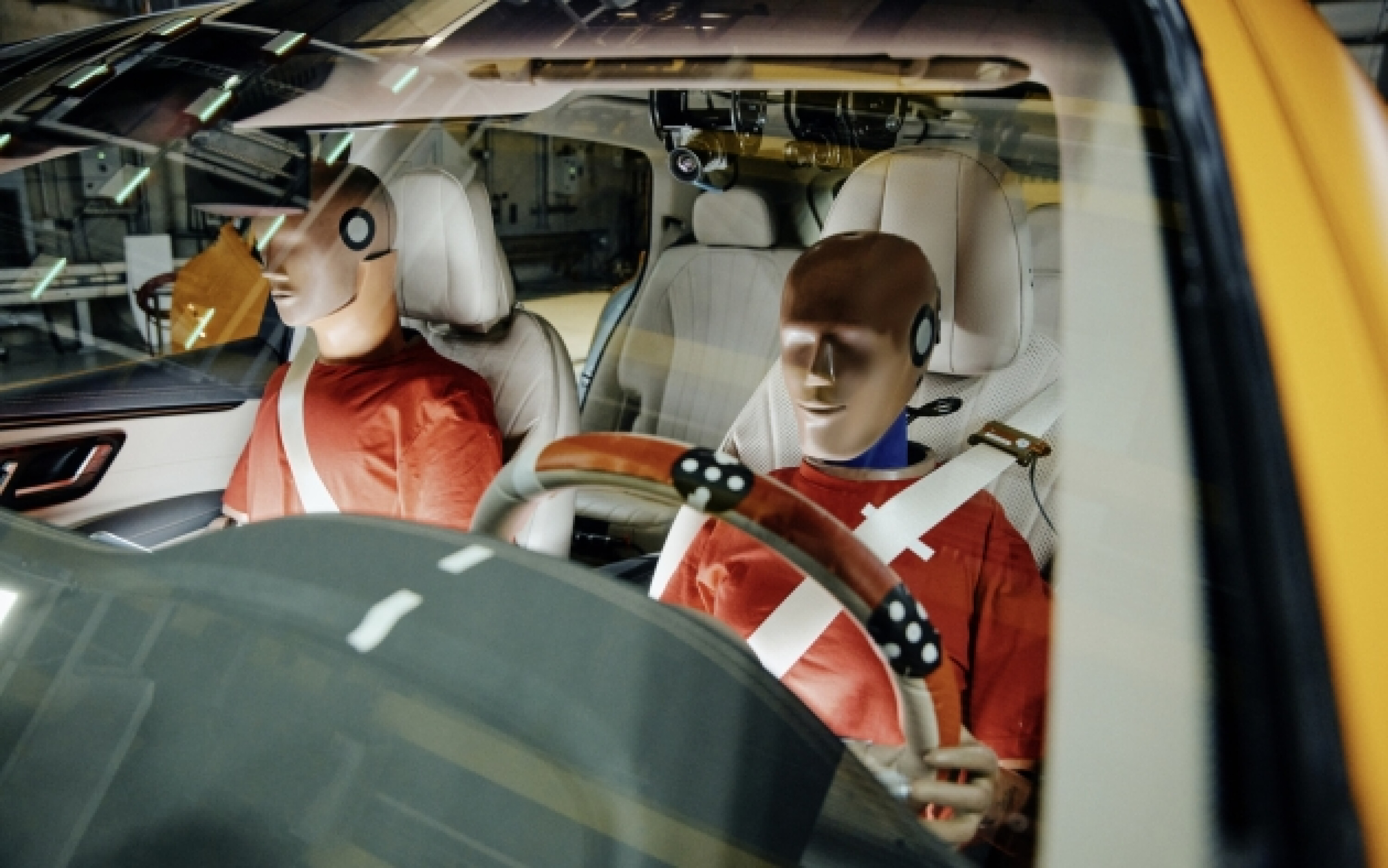
Ivan Pavlov conducted experiments with dogs to explore how they learn. He discovered that by ringing a bell every time he fed them, the dogs would start to salivate just from hearing the bell, even without food present.
This demonstrated how animals (and humans) can learn to associate two unrelated things—like a bell sound with food expectation—a process known as classical conditioning.
A similar, albeit more frustrating kind of conditioning seems to happen between Hyundai Group’s latest vehicles and myself, where their attempts to alert me with chimes that I’m over the speed limit result in me yelling “I’m not bloody speeding!”, whilst alone in the car.
The first encounter with this chime, in the Hyundai Palisade, made me so irate that I started to avoid driving when I could. Those were a particularly fit couple of days when I walked to the supermarket. The tone coming from the car was pretty loud and incessantly repetitive. And it’s not just Hyundai; these auditory alerts have become almost an industry standard.

With ANCAP’s increasing safety standards each year, car manufacturers are pushed to enhance active safety features
The problem is that these alerts sound for so many different reasons reasons: speeding, entering a new speed zone, detecting a car in your blind spot, a cyclist nearby, parking assistance, unfastened seatbelts, keys left in the car, an open door, left-on headlights or engine, and sometimes, seemingly for no reason at all. Perhaps these are just preemptive alerts for future, actual alerts?
With ANCAP’s increasing safety standards each year, car manufacturers are pushed to enhance active safety features to maintain top ratings. However, one could argue there must be a better method than bombarding drivers with 75 different audio alerts.
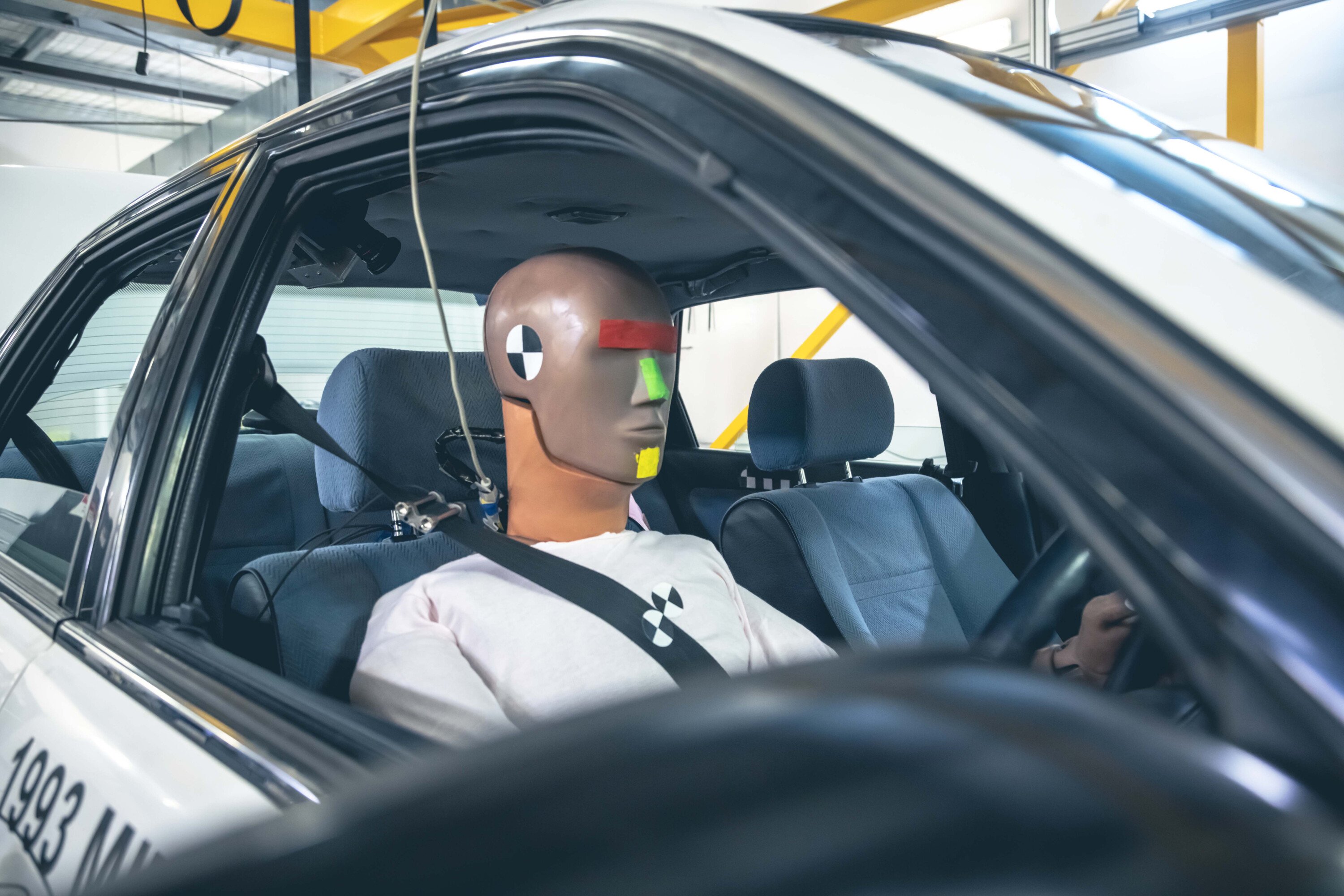
Recently, popular models like the Hyundai Kona and Genesis GV70 have introduced a speed alert feature that dings and flashes the speed limit on your heads up display.
While meant to help drivers adhere to speed limits and avoid fines, I find this feature often ends up being more annoying than helpful.
One issue is that the road sign recognition technology can only identify speed limit signs without understanding the contextual conditions, like time-specific school zones. This can lead to incessant and misleading chimes as the car inaccurately thinks you’re speeding.
This situation mirrors Pavlov’s experiment: if the conditioned stimulus (the bell, or in this case, the beep) continues without the expected outcome (food, or the actual need for an alert), the subject begins to ignore the stimulus. Similarly, drivers start to disregard these beeps and dings after repeated false alarms.

Although this technology can be deactivated, it resets with every engine start, presenting no permanent solution to the frustration.
In the past, innovations like the Holden Equinox’s haptic feedback seats attempted to replace audio alerts with vibrations when parking the car. So the closer you got to a wall, the stronger the buzz. I think the theory was rock solid but in practice I won’t lie, it was pretty strange.
Safety in cars is crucial, and drivers value the assurance that they, their loved ones and surrounding people are protected. However, the constant barrage of beeping from safety reminders can undermine this peace of mind.
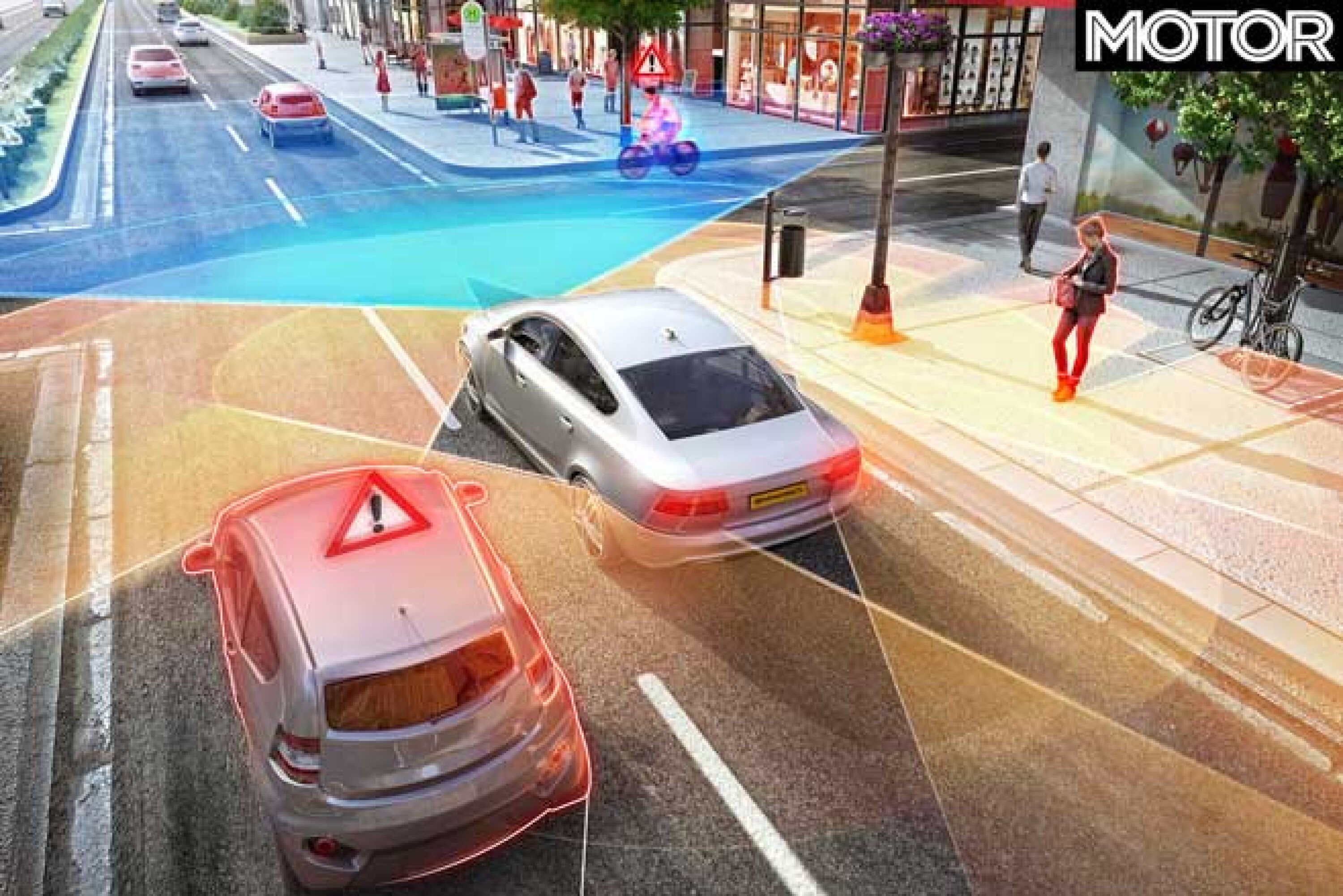
Many drivers, especially those transitioning from older to newer vehicles, find the plethora of alarms overwhelming– myself included.
While these tones aim to keep drivers alert, they often serve more as a distraction than a helpful alert system.
The question then becomes: are we being conditioned to stay focused, or are these sounds simply turning into a symphony of distractions?
We recommend
-
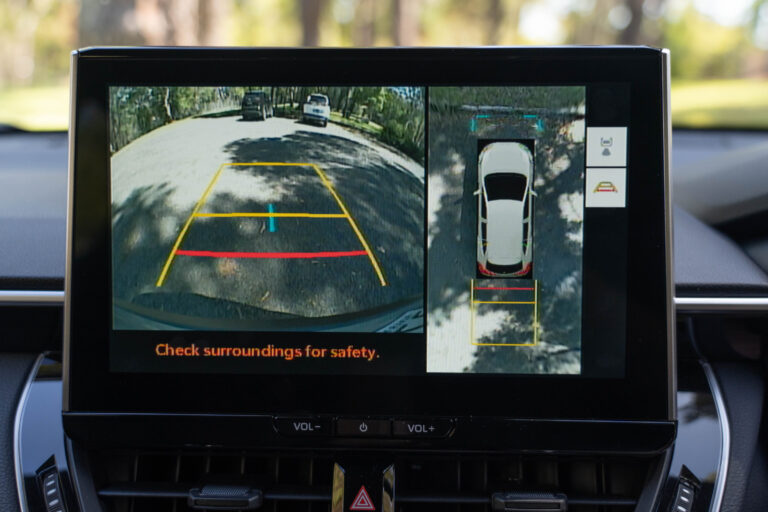 News
NewsReverse cameras, sensors to be mandated in Australia from 2025
Rear-view cameras and reverse sensors will become compulsory for all newly-introduced cars – including some commercial vehicles – from November 2025 ahead of wider mandate
-
 News
NewsSpeed limiters “will hurt every fast-car manufacturer”
Speed limiters are coming, and Alpina says car safety standards could drop
-
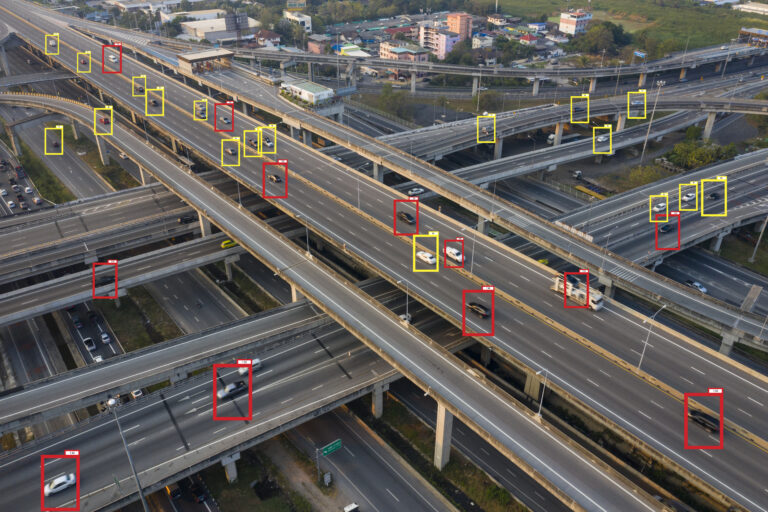 News
NewsGovernment report reveals vehicle active-safety pitfalls
Active safety and autonomous driving technology still have some way to go before reducing the national road toll




